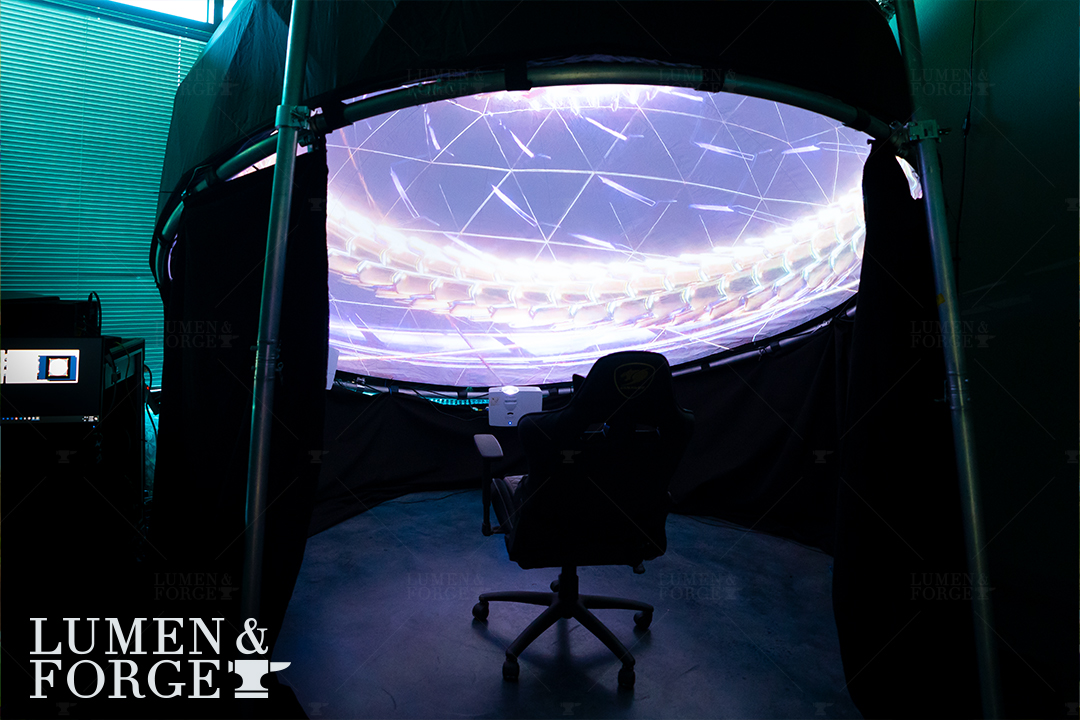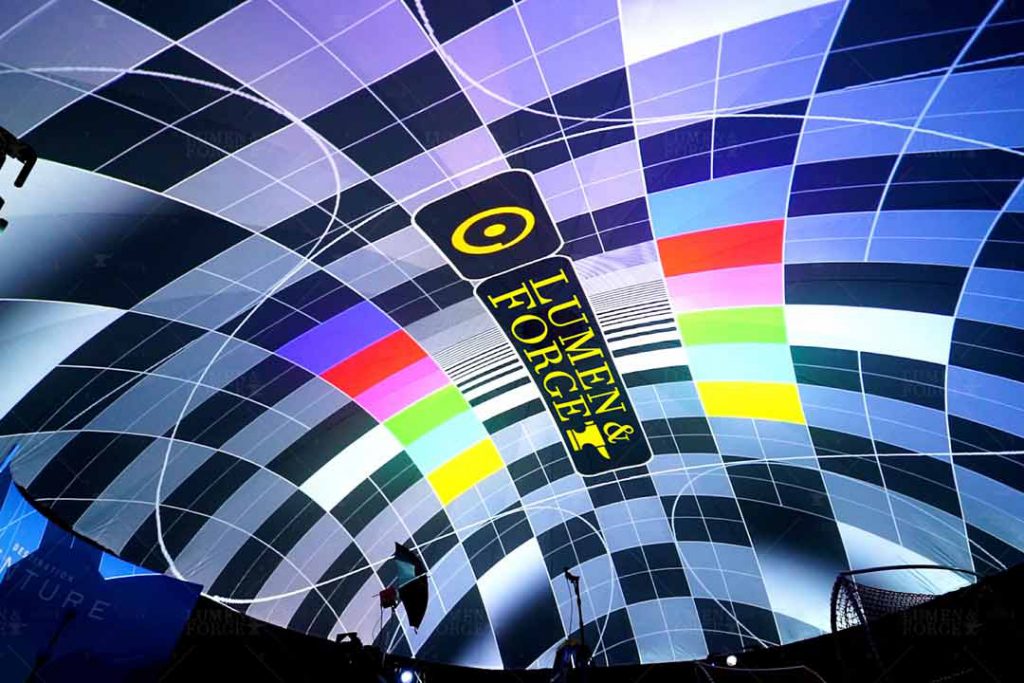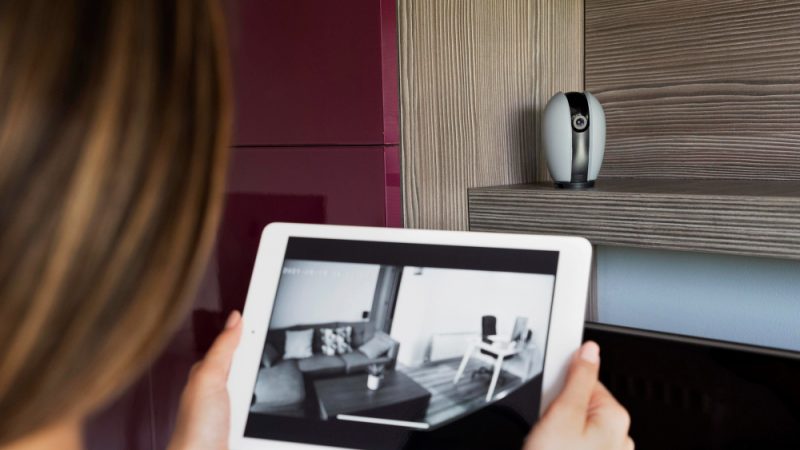How to build a Projection dome

Projection domes can be used for a multitude of things. From educational experiences like planetariums to entertainment and marketing exhibitions too. Before building your dome there are several things to consider.
Budget
First, what is your budget? Projection domes vary in price depending on your need.The size of the dome and the quality of the projections rely heavily on your budget. Dome kits are available online for purchase as well as DIY plans available online, which should help keep your costs low. Be realistic about what you expect to spend and always do your own research to find the best prices available to you.
Dome Type
Second, what type of dome do you need? Deciding between a geodesic dome or an inflatable dome option relies heavily on the type of event and the placement of the structure. Inflatable domes are typically used for larger, temporary events while geodesics are usually smaller and are utilized for longer or permanent installs. It is important to note that inflatable domes need an inflatable air support system to maintain their structure so a reliable energy source is required. Before purchasing, it is also a good to consider if the dome will it be inside or outside? If outside you need to consider the type of ground that you are building on. Is it flat and stable or will it require maintenance? How big should the projection area be? How many people do you need it for and how long do you need it for? Once you have answered these questions and figured out the best option for you, you can outline the area for your dome with chalk or tape to plan the placement and size according to your space.

Projection Type
Third, what type of projection will you be using? There are several different types of projectors available on the market. Some are more suitable for dome structures. Smaller, less dynamic projectors are good for small spaces that don’t have a lot of light pollution. Larger, high resolution projectors cost substantially more but can achieve the projection of many smaller models and produce breathtaking visuals that leave long lasting impressions. The right projector for your dome relies heavily on the size of your dome and the goal for your exhibit.
Next, let’s discuss your projection liner. If you are using specs that you found searching the web then they will most likely list the best materials to use. If you are purchasing a dome kit online or hiring a company then the projection liner will most likely be included as part of your setup. For DIY setups you want to determine if you need a front facing or top facing liner. Front facing liners are really great for seated presentations since all the viewers are facing the same direction and a top facing liner is best for a lying down or walk thru exhibit allowing viewers to see the same projection from many angles.
Conclusion
Projection domes can be the highlight of any event but building them right and choosing the right projectors takes a little more time and research. Take the time to look at DIY specs online and shop quotes from different companies to get the best information available so you can build a projection dome of your own.






